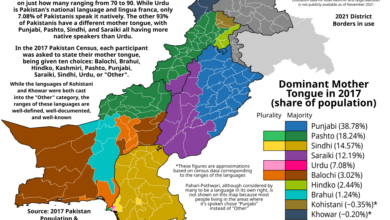Early Muslim and Mughal Heritage in Pakistan

Pakistan’s early Muslim and Mughal heritage highlights centuries of cultural and architectural achievements that continue to attract visitors and historians worldwide.
Early Muslim Influence
The arrival of Islam in South Asia in the 8th century, notably through Muhammad bin Qasim’s conquest, introduced Islamic cultural and architectural elements. Cities like Multan and Makli showcase early Islamic influences, with shrines and tombs adorned with intricate carvings and tile work. Multan, the “City of Saints,” houses revered shrines of Sufi saints like Bahauddin Zakariya and Shah Rukn-e-Alam, both centers of spirituality and Islamic learning.
The Makli Necropolis near Thatta, a UNESCO World Heritage Site, serves as an enduring symbol of early Islamic artistry. It spans over 10 square kilometers and contains thousands of elaborate tombs from the 14th to 18th centuries, decorated with stunning calligraphy, tile mosaics, and stonework. These graves honor kings, saints, and scholars, reflecting the fusion of Islamic, Hindu, and indigenous design elements.
The Mughal Empire and Its Architectural Grandeur
The Mughal Empire left an indelible mark on the Indian subcontinent, with Pakistan hosting some of its finest architectural marvels. Lahore, the cultural capital of Pakistan, is home to iconic structures from the Mughal period (1526-1857).
- Badshahi Mosque: Built by Emperor Aurangzeb in 1673, this grand mosque remains one of the largest in the world. With its red sandstone façade and white marble inlays, the mosque exemplifies Mughal precision and grandeur.
- Lahore Fort: Initially constructed under Akbar’s rule, this sprawling fort complex features Mughal-era gardens, palaces, and the famous Sheesh Mahal (Palace of Mirrors), adorned with delicate mirror work and frescoes.
- Shalimar Gardens: These gardens, laid by Emperor Shah Jahan, embody the Mughal love for symmetry and nature, with terraced lawns, fountains, and elaborate pavilions symbolizing paradise on earth.
- Tombs of Emperors Jahangir and Nur Jahan: These mausoleums in Lahore are adorned with intricate pietra dura work and represent the Mughal’s refined artistry.
Legacy and Cultural Impact
Pakistan’s early Muslim and Mughal sites provide a unique glimpse into the Islamic cultural and architectural development that influenced South Asia. These sites, preserved as national heritage, attract thousands of tourists and scholars every year, ensuring the legacy of this rich history lives on.



